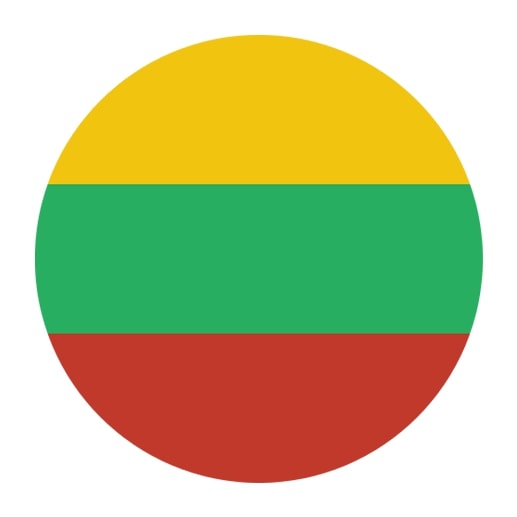Lithuanian Grammar
Start your journey into Lithuanian grammar and discover one of the oldest and most fascinating languages in Europe. Learn essential rules and patterns to build a strong language foundation. Dive in now and begin mastering Lithuanian today!
Get started
The most efficient way to learn a language
Try Talkpal for freeLithuanian Grammar: A Fascinating Journey Through Language
Have you ever considered learning Lithuanian or simply found yourself intrigued by its unique grammar? Well, you’re in for a treat! Lithuanian grammar might seem peculiar at first, but make no mistake – it showcases exquisite linguistic logic. In this article, we will unfold the various aspects of Lithuanian grammar, empowering you to appreciate its charm.
First, a brief background: Lithuanian is a Baltic language primarily spoken in Lithuania but also encountered in neighboring countries. As one of the oldest living Indo-European languages, it retains archaic features, giving insight into the development of other languages within the language family. This historical significance makes Lithuanian particularly captivating for language lovers.
Let’s now delve into some key aspects of Lithuanian grammar.
1. Nouns, cases, and declensions
One of the most prominent features of Lithuanian grammar is its intricate case system. Nouns adopt different forms depending on their function in a sentence and whether they reflect the subject, object, or recipient of an action. Lithuanian has seven cases: nominative, genitive, dative, accusative, instrumental, locative, and vocative.
Take the noun “vaikas” (child) as an example. It can transform into “vaiko,” “vaikui,” “vaiką,” and so forth based on the role it plays within a sentence. Additionally, the endings are influenced by the noun’s gender (masculine or feminine) and further divided into declensions, making the language even more versatile.
2. Verb conjugation and tenses
Lithuanian verbs change their endings depending on the person and number (singular or plural) of the subject. For example, the verb “eiti” (to go) can become “einu” (I go), “einate” (you -plural- go), “eina” (they go), among other forms.
Lithuanian has four main tenses: present, past, past iterative, and future. Interestingly, the language also features aspect markers: perfective and imperfective. These markers provide additional information about whether an action is completed or ongoing. For instance, “nešti” (to carry – imperfective) versus “nat” (to have carried – perfective).
3. Sentence structure and word order
Though Lithuanian generally follows the SVO (subject-verb-object) word order, its case system allows for considerable flexibility. Unlike English, where word order usually defines a sentence’s meaning, moving words around in Lithuanian does not change the meaning. For example, “katė valgo žuvį” (the cat eats the fish) can also be “žuvį valgo katė” without losing or altering its meaning.
This flexibility allows you to play with sentence structure, emphasize certain elements, or generate nuances as you become more proficient in the language.
4. Adjectives, adverbs, and agreement rules
Like many languages, adjectives and adverbs in Lithuanian describe nouns and verbs, but they also follow specific agreement rules. In particular, adjectives must agree with the noun they modify in case, gender, and number. Once you grasp the noun cases and verb conjugations, these rules will come more naturally.
So, are you prepared to dive into Lithuanian grammar? With persistence, dedication, and proper resources, learning Lithuanian—rich in history and cultural heritage—is an immensely rewarding experience. Tackle the language step by step, practice consistently, and stay open to learning from your mistakes. Sėkmės! (Good luck!)








